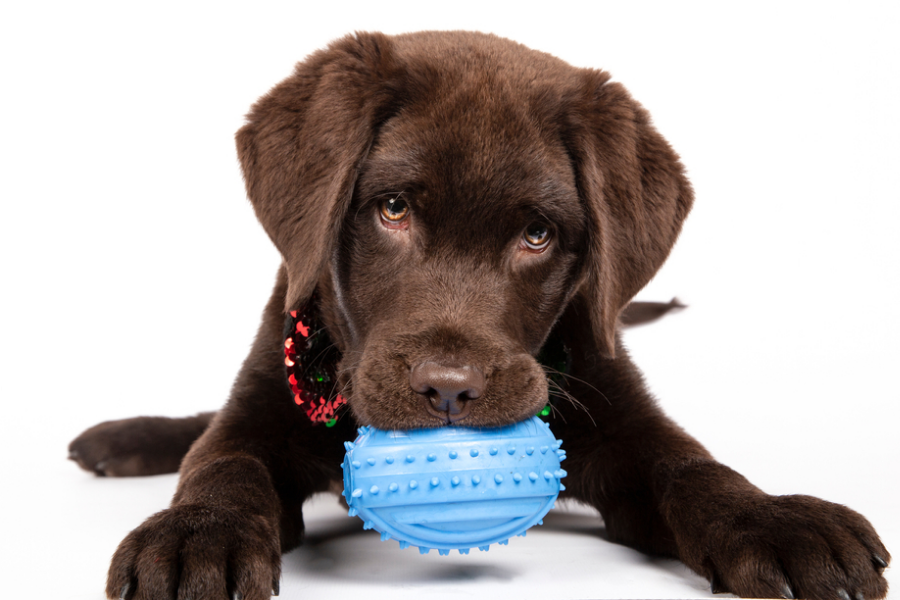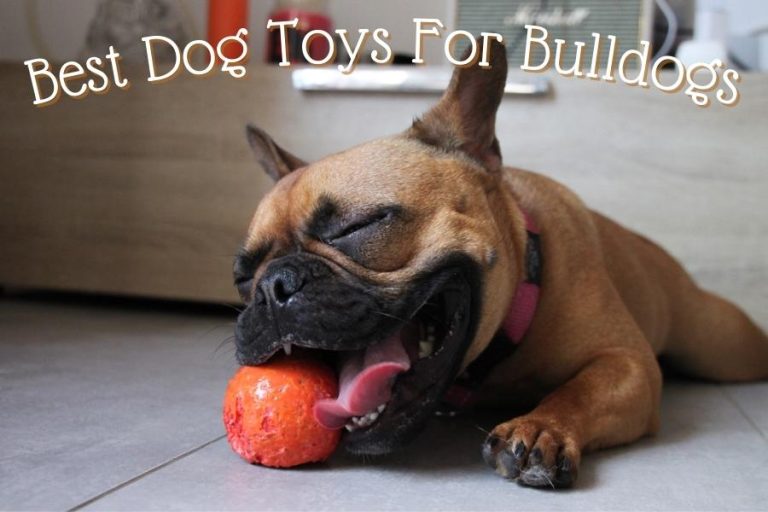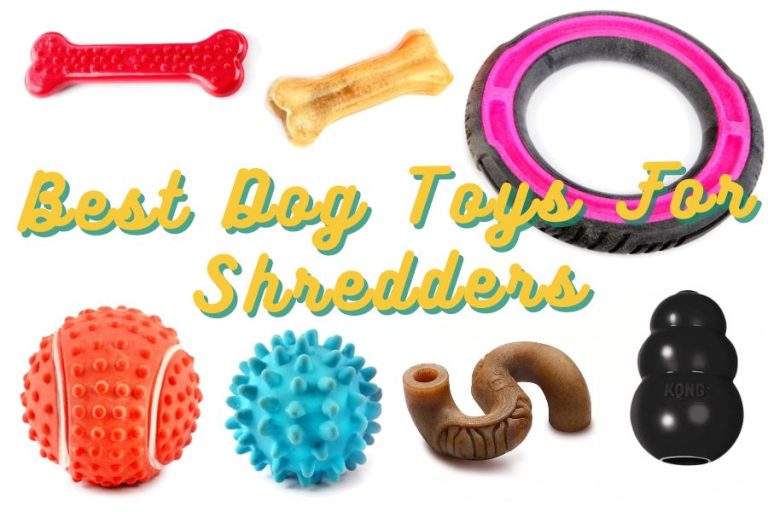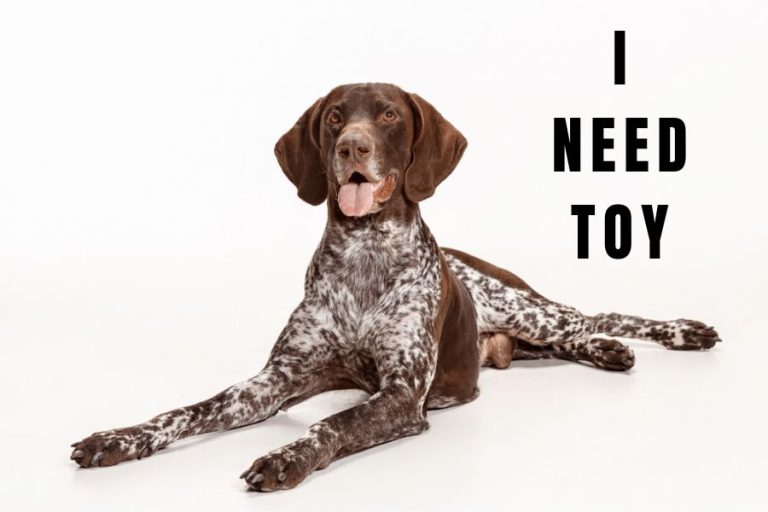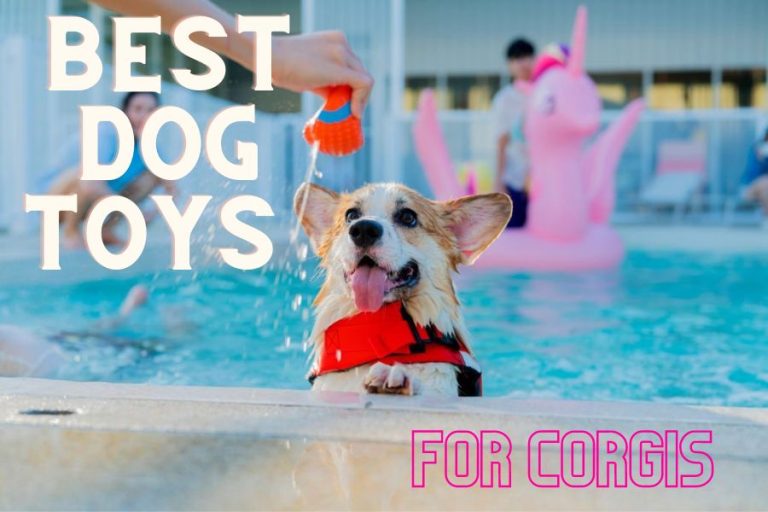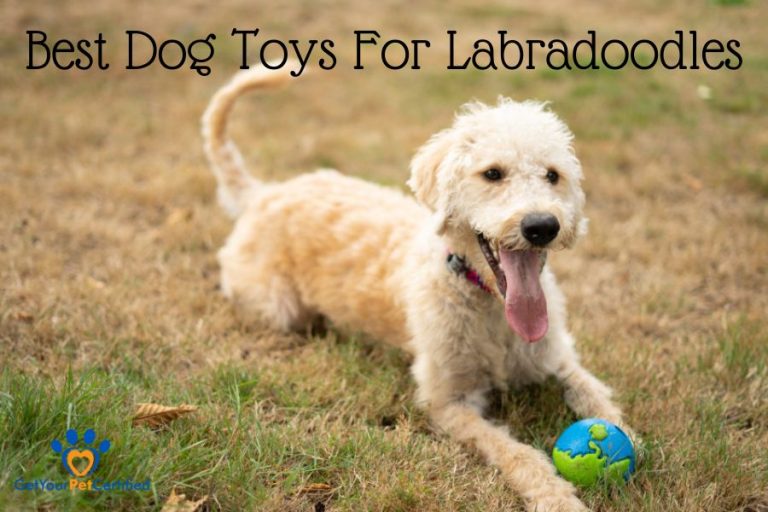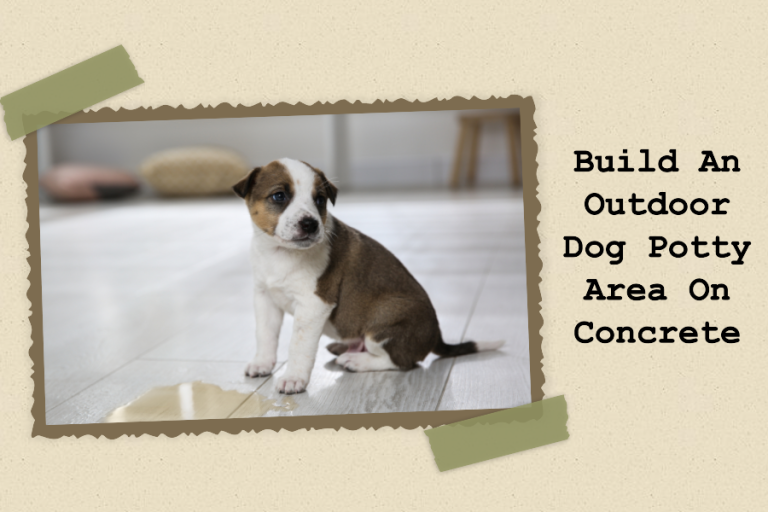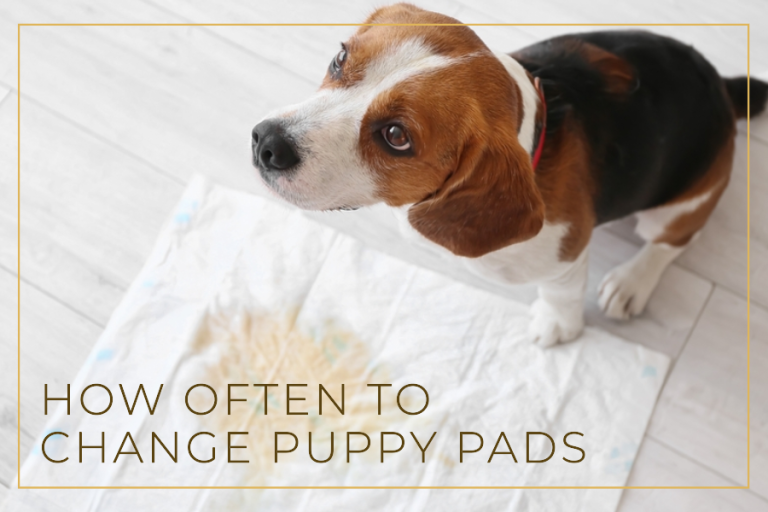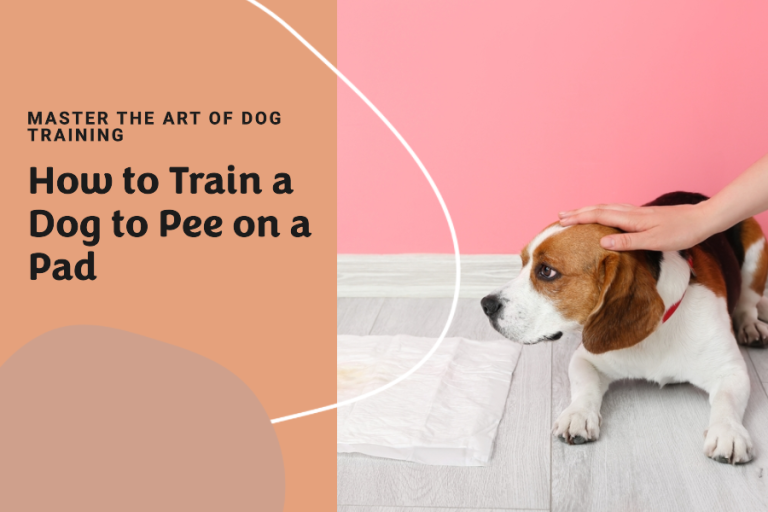Is It Good To Freeze Dog Toys? – Happy and Engaging Playtime
As pet owners, we constantly strive to find new toys and activities to keep our furry friends entertained and mentally stimulated. One upcoming trend in the world of dog toys is freezing them.
But is it good to freeze dog toys? In this article, we’ll examine the many benefits of this activity for our doggy companions, including its potential to reduce boredom and improve dental hygiene. How frozen toys can improve your dog’s overall wellbeing, and some tips on how to do it safely and effectively.
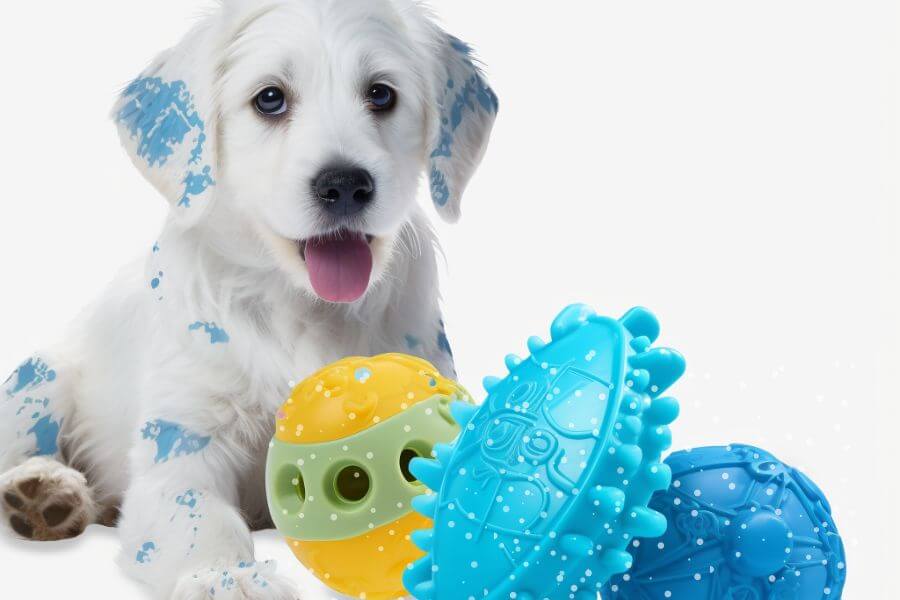
The advantages of freezing dog toys
There are three ultimate benefits for boredom:
- Prolong Playtime: Freezing dog toys can extend the playtime experience. By creating a challenging and engaging activity that keeps your dog occupied for longer periods. This can be particularly helpful if you’re leaving your dog alone for a few hours.
- Cooling Sensation: During hot summer months or in warm areas, the cold toy can feel nice and cool to your dog. Freezing dog toys can help them cool down and keep them from burning, which is a useful way to beat the heat.
- Variety and Excitement: Freezing dog toys adds an element of novelty and surprise to your dog’s playtime routine.
Mostly, it provides healthcare benefits:
- Dental Health: Some frozen dog toys, specifically designed for dental care, can help promote good oral hygiene. The icy texture can provide a gentle abrasive effect, aiding in removing plaque and tartar buildup while your dog chews on the frozen toy.
- Mental Stimulation: Frozen dog toys can offer mental stimulation and enrichment. When your dog has to figure out how to access treats or food hidden within a frozen toy. This behavior engages their problem-solving skills and provides a mentally stimulating activity.
- Soothing Teething Pain: go through a teething phase that can be uncomfortable and painful for dogs, especially puppies. Freezing dog toys can help alleviate teething discomfort and provide relief to their sore gums.
- Slow Feeding: Some frozen food puzzles can help people eat better and avoid stomach problems like bloating and puking. If your dog tends to eat their meals too quickly, we can slow down their eating pace by freezing their food.
Different types of toys that can be frozen
Pet owners can feel confident using frozen toys to provide their dogs with a safe and enjoyable experience by following our guides:
Rope Toys
Rope toys are great for interactive play and can also be frozen. Soak the rope toy in water, freeze it, and give it to your dog for a cool and refreshing chewing experience.
Rubber or Silicone Chew Toys
Toys made from durable rubber or silicone, such as Kong toys, are ideal for freezing. These toys can be stuffed with treats or wet food, then frozen, creating a challenging and rewarding activity for your dog.
Food Puzzle Toys
Many food puzzle toys, such as interactive treat dispensers or slow feeders, can be frozen. Fill the toy with your dog’s favorite treats or wet food, freeze it, and let your dog enjoy the challenge of extracting the frozen treats.
Dental Chew Toys
Some dental chew toys are suitable for freezing. These toys often have ridges or textures that help clean your dog’s teeth while they chew on the frozen toy.
Freezable dog chews with squeakers
This dog toys are popular example that’s favored by pet parents with playful pups and known chewers.
Read more : Specific Freezable Products Based on unbiased review
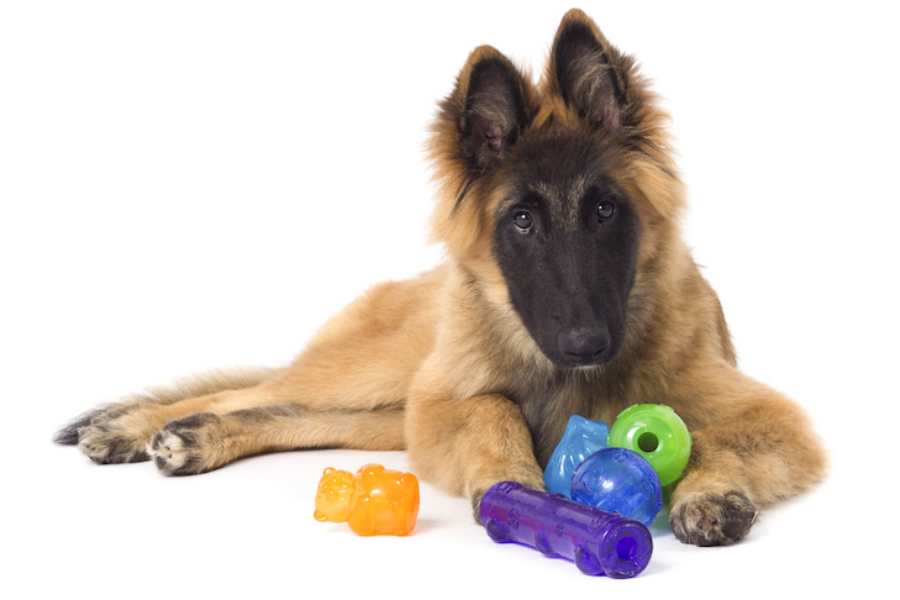
Experts say about Safety tips for pet owners
When freezing dog toys, it’s important to follow some basic safety tips to ensure your pet’s wellbeing:
Read Manufacturer Guidelines
Before freezing any dog toy, carefully read and follow the manufacturer’s instructions. Not all toys are suitable for freezing, and the manufacturer’s guidelines will provide important information on how to properly use and freeze the toy.
Choose Safe and Non-Toxic Toys
Always choose toys specifically designed for freezing and made with safe and non-toxic materials. Avoid toys with small parts that could be a choking hazard or toys that can easily break or splinter while frozen.
Avoid Over-Freezing
While freezing toys can provide relief and entertainment, it’s important not to over-freeze them. Extremely cold temperatures can be uncomfortable for your pet’s mouth, teeth, and paws. Freezing toys for a couple of hours is usually sufficient to provide the desired effect.
Regularly Inspect Toys
Before and after freezing, thoroughly inspect the toys for any signs of damage or wear. Replace toys that are cracked, broken, or have loose parts that could pose a choking hazard to your pet.
Supervise playtime
Always supervise your dog while they play with frozen toys. Accidents can happen, and it’s important to be present to ensure that your dog is using the toy safely.
Monitor Chew Time
Dogs have different chewing styles and strengths, so it’s crucial to monitor how your dog interacts with frozen toys. If your dog is an aggressive chewer, limit the amount of time they spend chewing on frozen toys to prevent excessive wear or potential damage.
Consider Your Dog’s Health
Take into account your dog’s specific health needs and conditions. Some dogs may have sensitivities to cold temperatures or dental issues that make freezing toys unsuitable for them. Consult with your veterinarian if you have any concerns about freezing toys for your dog.
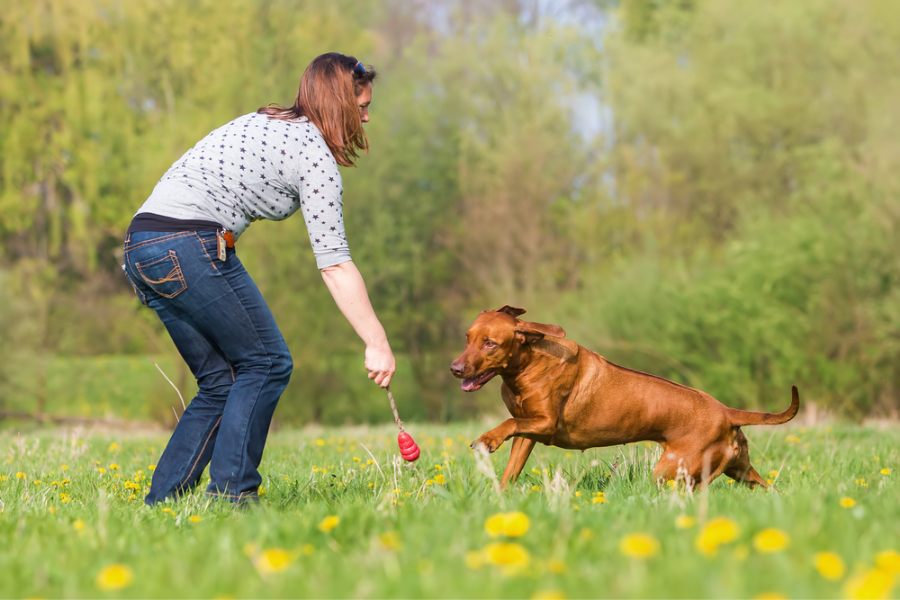
Potential drawbacks or concerns associated with freezing dog toys
There are some potential drawbacks and concerns to be aware of :
- Difficult to clean up: Leaving frozen toys out for too long can cause them to thaw and become messy, which can be hard for the latter to clean up.
- Lead to dental problems: overuse of frozen toys can lead to dental problems if the toys are too hard or if they are not monitored closely.
- Discomfort or pain: dogs with sensitive teeth or gums, the coldness of frozen toys may cause discomfort or pain.
It’s important to monitor your dog’s reaction to frozen toys and discontinue use if necessary.
